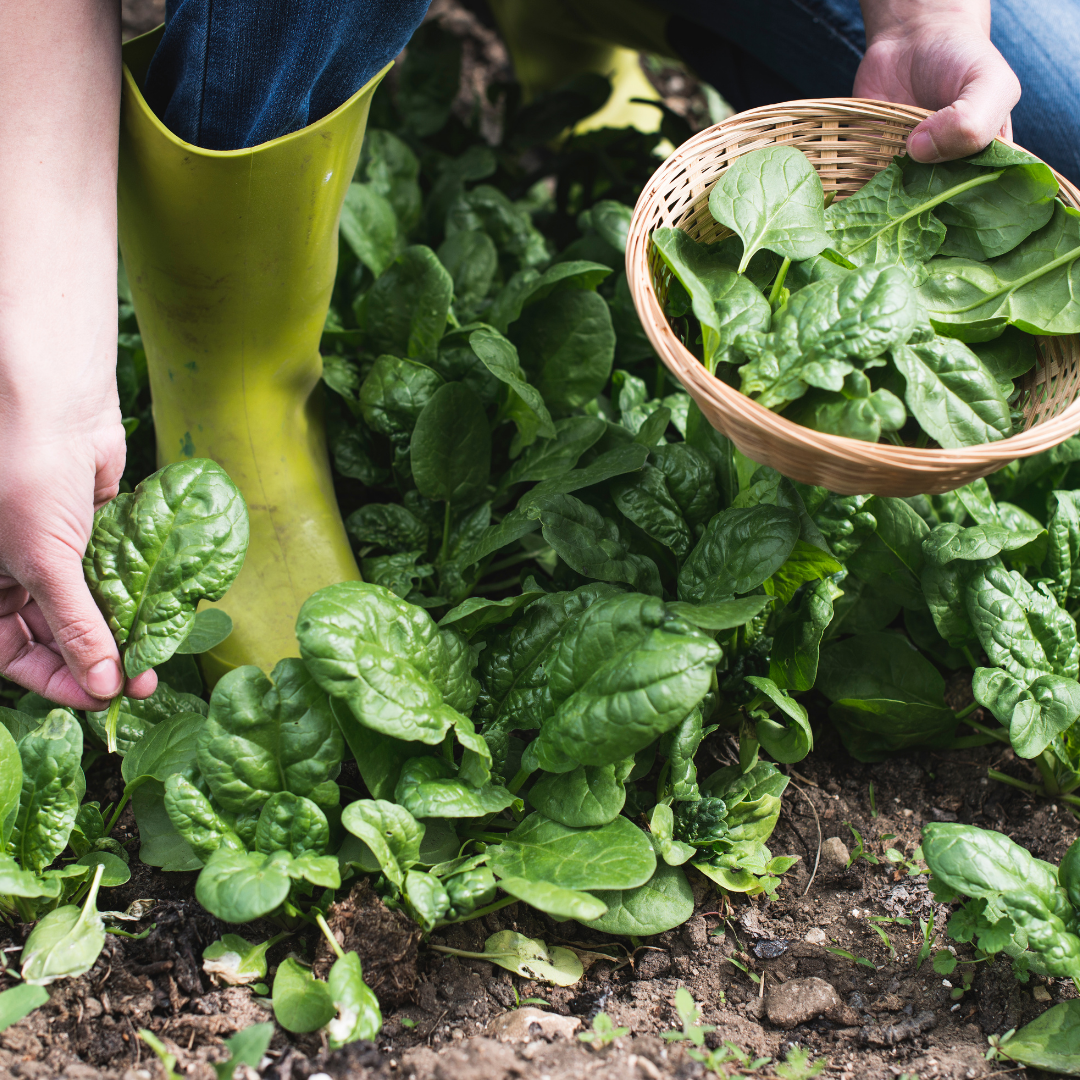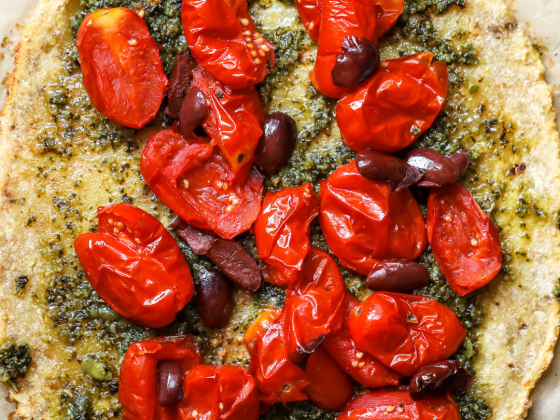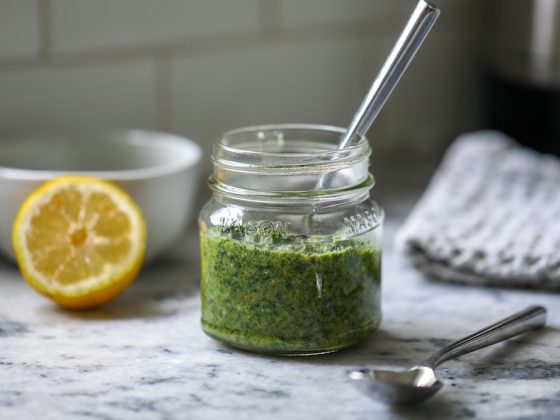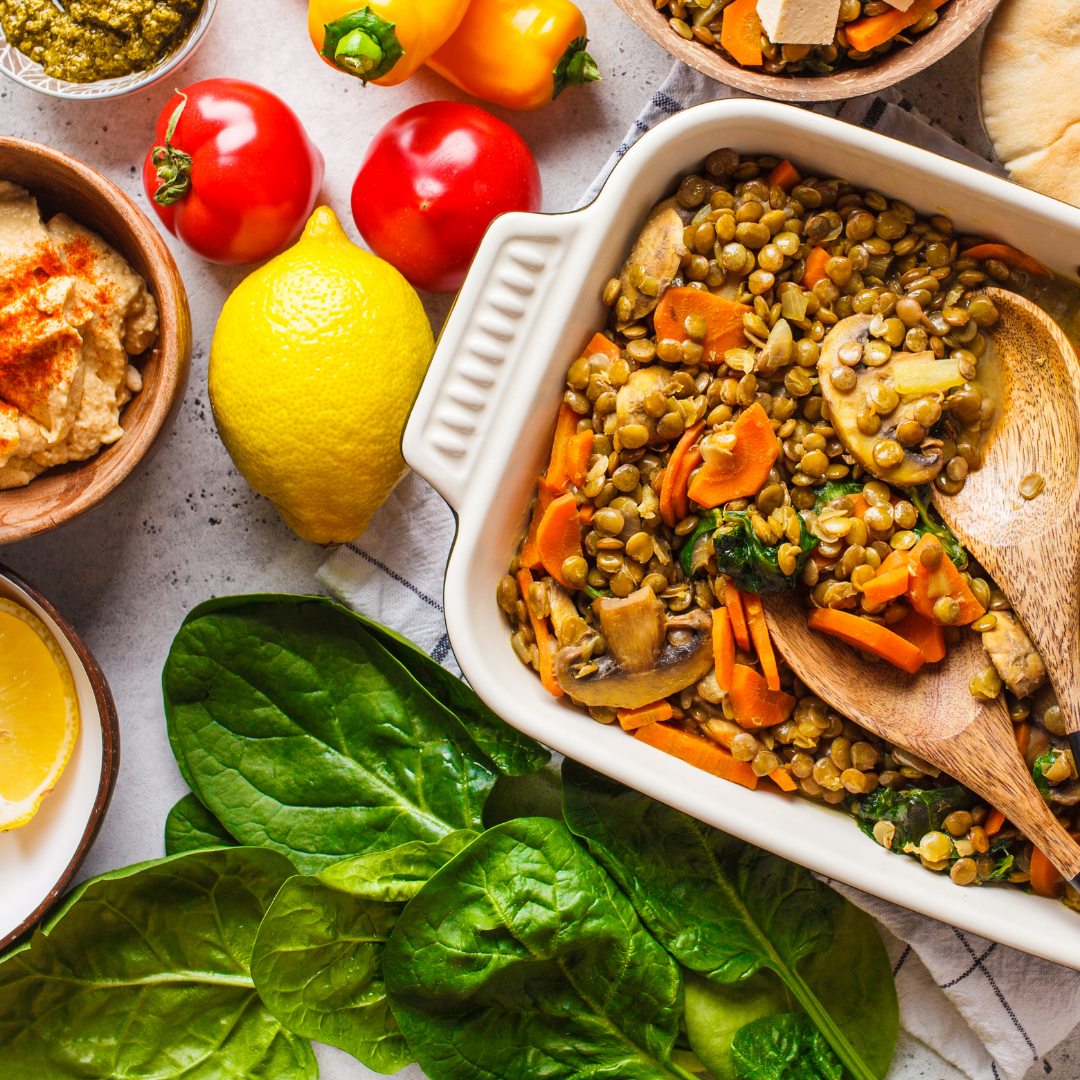As the summer months begin, you may be looking around your yard or deck and envisioning that perhaps this should be the year you finally get to planting a little veggie garden. It’s daunting at first, and while there can be some pitfalls and trials to getting crops of edible plants out of your own personal garden, the process can be just as rewarding as the consumable outcome. If you want to start super simple when it comes to vegetable gardening, these are some of the easiest plants to start with, that also provide some of the best health benefits when you add them into your diet.
Leafy Greens
While not one specific plant, leafy greens like lettuces and kale are both very simple and hearty plants to start off a beginner garden, and they also produce plenty of edible leaves quickly and add great nutrient content to your meals.
To quickly master growing leafy greens, plant them in well-drained soil with some compost. It’s easiest to opt for pre-grown plants from a nursery, which you can nurture into fullness and maturity. If you prefer to do it fully yourself, these are fairly simple to grow from seeds and sow directly in the container or space you want them to grow in. Just make sure to thin out the seedlings if too many pop up clustered together. Greens are fairly resistant to cold and won’t mind temps in the 50s and even upper 40s. If it drops lower, drape them with some plastic or material until it warms again.
You can then use greens like lettuce or kale in any ways you might use those you buy at the grocery store, but knowing you grew them yourself and the health benefits are even greater. Use them for salads, on sandwiches or wraps, in soups or pastas, depending on the variety you grow. These health-forward veggies boast high vitamin and nutrient content with low calories, and help lower your risks for heart disease, mental decline, and high blood pressure.
Zucchini
One of the heartiest and most abundant vegetable plants to grow, once you get a zucchini plant started and thriving, it’s hard to ever rein it in. By the end of a summer with some zucchini plants you’re likely to find yourself with such an abundance of the vegetable that you’re using it in everything and sharing them with friends.
To have the best success with growing, plant in a spot with plenty of bright light, at least 6-8 hours of full sun. Keep their soil moist and try to include organic matter like compost. Pay attention to the variety of zucchini you’re growing; some particularly like to climb and need a trellis or post to vine along. In general, mature healthy zucchini plants tend to be quite large and expansive, so leave room.
Once you’re harvesting and eating them, you can pan-fry or oven-roast zucchini with simple seasonings or sauces for an ultra-easy and healthy side, or use them in pastas, stir fries, zucchini bread, or zucchini pancakes, among countless other purposes. You’ll be getting hearty doses of vitamin A and C, among others, lots of antioxidants, and supporting your digestion.
Spinach
While technically fair to include in the leafy green category, spinach deserves recognition all its own, in my opinion. Spinach is a fun one to grow because each plant will sprout off lots of leaves and continuously put out new ones, making it easy to grab a handful of spinach leaves for a sandwich or recipe as you need it, without having to wait a while for something like a tomato or zucchini plant to put out a new piece of produce.
For the best growing results, plant spinach plants 12 inches or so apart, with well-draining soil. As with most veggies, adding compost into the mix will do great things for the plants. These plants actually do great in pots, as it gives them the right amount of room to stretch out without running into each other. Like many other leafy greens, they’re very cold resistant and won’t mind some chilly stretches.
You probably already have ideas for how you can use more homegrown spinach in your meals, but adding it to smoothies, sandwiches, soups, pastas, and salads is a great start since it’s so versatile. Not only that, but you’ll be packing your diet with tons of vitamins (A, C, and K, in particular), folic acid, calcium, and plenty of other minerals and nutrients that’ll keep you healthy.










